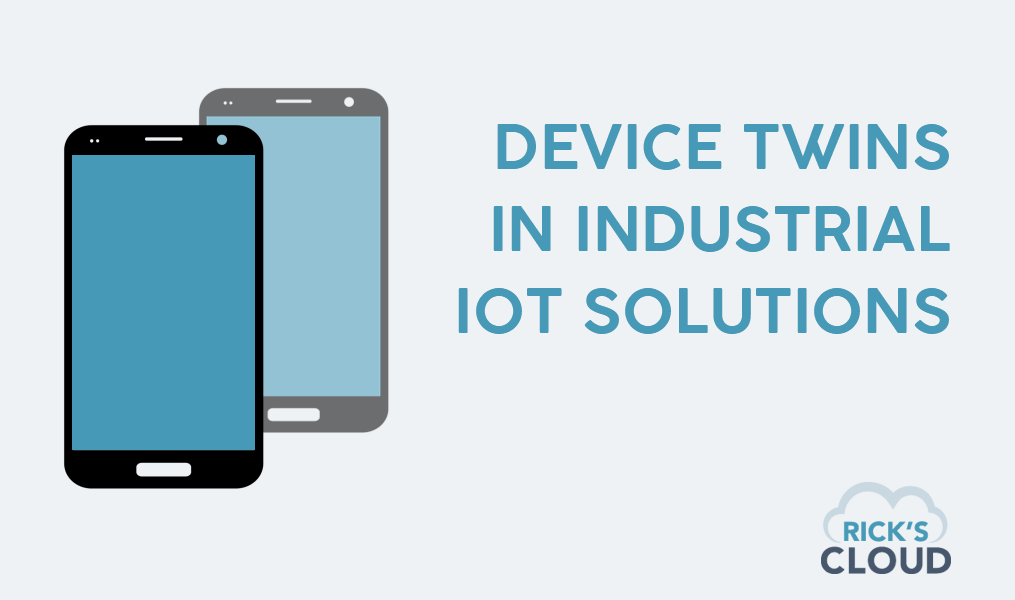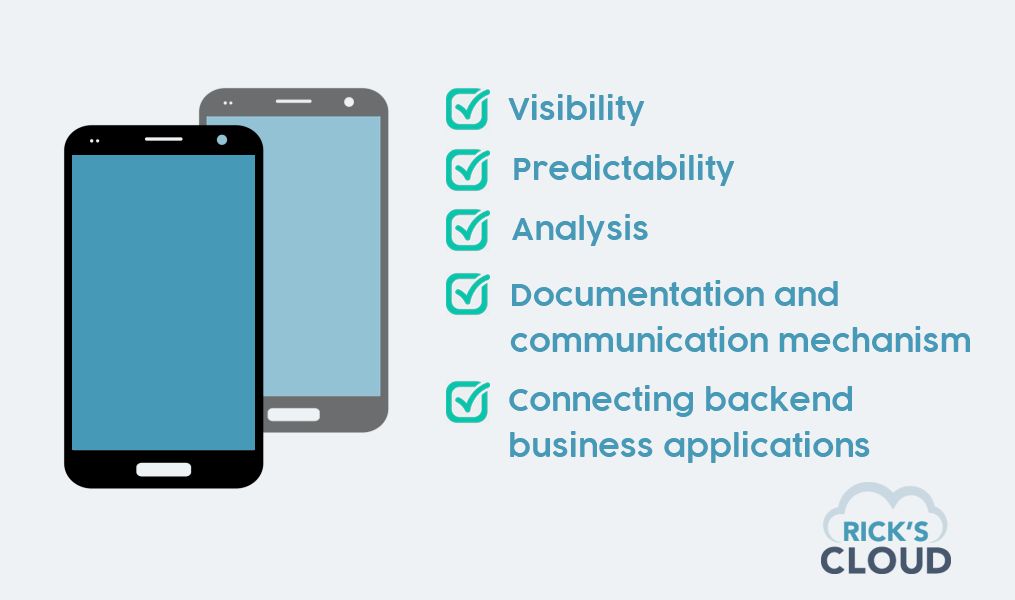
Device Twins In Industrial IoT Solutions
Device twins are becoming a hot topic as the IoT network gathers greater popularity. Device twins are important in the development and deployment of industrial IoT solutions. They act like virtual devices representing the data and metadata of the physical device connected to the IoT network.
The rise of device twins has been noticed by one Gartner report, which placed this as a top five trend for 2016. The twin devices are typically called twins, shadows or device virtualization.
Each device activated and registered with an IoT platform contain two categories of data. The first one is the metadata which doesn’t change often. Here we include the details that describe precisely the device such as serial number, firmware version, model or year of manufacturing. The second category of data contains real-time and unique data from the device.
Why is the digital twin so valuable?
The concept of the digital twin is a powerful one that can bring real benefits such as:
- Visibility: the virtual version of the device allows visibility in the operations of the machines and also enables larger interconnected systems.
- Predictability: by using various modeling techniques, mathematics-based or physics-based, the digital replica can be utilized to predict a future state of the device.
- Analysis: through well-designed interfaces, the interaction with the model is simplified, and people could address “what if” questions to simulate various conditions that are impractical to create in real life.
- Documentation and communication mechanism: the digital twin can be used as a communication mechanism, which can provide understanding and explications for different behaviors.
- Connecting backend business applications: the digital twin can be used successfully to create a connection with the backend business app to achieve useful outcomes in the context of supply chain including procurement, transportation, and logistics.
 Industrial twins
Industrial twins
These implementations are adopted in general by the Industrial IoT providers, and these constitute information from the Product Lifecycle Management tools on the design of a machine, but it could also be designed as a model of one device. The industrial vendors look at the physical properties, the design of information and then present them in an asset model.
These industrial twins could be implemented as:
- Virtual twin (device virtualization);
- Predictive twin (using analytics models);
- Twin Projections (insights projection);
Within the next few years, billions of things will be represented by their twins, creating a dynamic software model of the physical item. The digital shadows combined with the representations of environments and facilities, as well as businesses, people or processes will enable a sophisticated digital image of the real world, suitable for analysis, simulation, and control.
If you have questions about the topic do not hold back on them.




